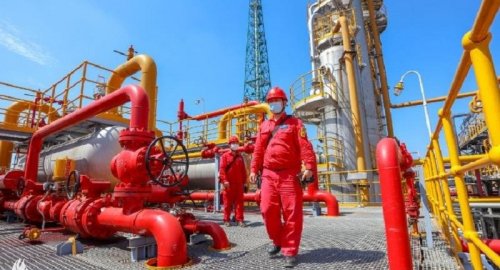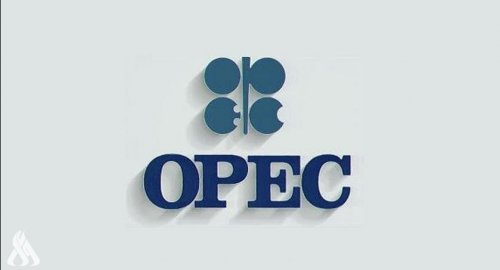
The world's largest oil consumers exceed pre-coronavirus levels

- 9-09-2021, 17:40
Follow-up - INA
Some of the largest economies in the world are witnessing a shift in oil consumption rates, and even begun to exceed pre-pandemic levels, at a time when the decline in infection rates with Covid-19 leads to a recovery in activity.
the oil demand in China, the world's largest energy consumer, will rise 13% in the fourth quarter compared to the same period in 2019 before the pandemic, according to SIA Energy, and India's fuel sales continued the recovery path it started in August. The US demand for petroleum products has recently risen to a record level.
The improved consumption in the Asian giants and the United States has led the recovery of oil prices, which have risen nearly 40% this year. In light of this, the “OPEC +” alliance decided to continue to restore crude supplies earlier this month, indicating the presence of more tight balances at the end of the year.
"The worst phase for Asian fuel demand is over, and we expect a weak improvement in oil demand in the coming months," said Cengik Te, an analyst at Beijing-based Sia. He added that China's total oil consumption will lead to a resounding rise of more than 20% in gasoline use during the next quarter of 2021. After Ida Hurricane , America resorts to strategic oil reserves for the first time in 4 years to compensate for the shortage of gasoline.
While motor fuels are boosting the recovery, with people returning to the roads after months of closures, the situation for other petroleum products is not so positive. Aviation fuel consumption remains low due to the lack of international air travel. Indian diesel use has also declined due to seasonal factors, despite Sia Energy's forecast.
Seasonal Changes
Variations Trucking and construction activities in India usually go down from June to September due to the monsoons. This affects the demand for diesel, the country's most popular fuel, before rising again towards the end of the year due to the harvest of crops and festivals.
“Gasoline sales have already exceeded pre-Covid levels, and diesel is likely to reach that level in the next two to three months,” said Shhrikant Madhav Vidya, chairman of Indian Oil Corp the country's largest refiner.
Intensification of refining activity
Senthil Kumaran, head of South Asia oil at industry consultancy FGE, said Indian refiners would have "limited upside potential" to ramp up operation this month, as they struggle to get rid of excess diesel produced from Gasoline manufacturing process. He added that the turning point may appear around October, as operating rates are likely to rise above the level of 5 million barrels per day by the end of the year.
In China, data from local consultancy SCI99 showed a rise in operating rates in the country, with state-owned Sinopec achieving the largest crude oil refining rate in 11 months last August.
However, activity in private refineries in Shandong Province rose by a small margin from the 70 percent level, amid the government's crackdown on the sector.
However, with some of Asia's largest economies reporting tens of thousands of HIV infections every day, some threats remain to energy demand, even as the region races to vaccinate its population.
“The risk of a resurgence of the virus is a concern, and we have factored it into our expectations, especially for densely populated countries such as India and Indonesia,” said Qiaoling Chen, an analyst at energy consultancy Wood Mackenzie Ltd. He added, "At the moment, the worst phase for oil demand in Asia is over, but downside risks remain."
Duhok of Iraq and Qadsia of Kuwait match kicks off
- Sport
- 25/04/15
Four Daesh terrorists detained in Salahuddin
- Security
- 25/04/14
Two ISIS hideouts destroyed, killing those inside in Salah al-Din
- Security
- 25/04/13












